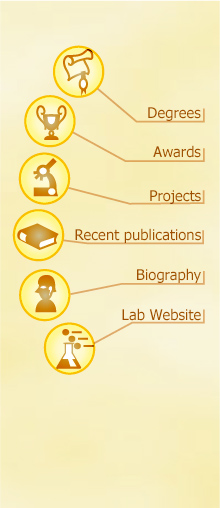

Training the next generation of nematode taxonomists: applying the tools of modern monography across free-living and parasitic Tylenchina. The great significance, abundance, genetic diversity and key role of the Phylum Nematoda in basic biology, biodiversity, ecosystems, agriculture, veterinary science and medicine contrasts starkly with the embryonic state of nematode taxonomy and the paucity of taxonomic specialists. The primary objective of this PEET is to address this gap by leveraging complementary strengths of the Departments of Nematology at UCR and UCD, including two major taxonomic collections, to provide professional training in morphological and molecular nematode systematics. Building upon our previous PEET successes we will develop a much-needed monograph of the monophyletic suborder Tylenchina (sensu De Ley and Blaxter, 2002: composed of infraorders Tylenchomorpha, Cephalobomorpha, Panagrolaimomorpha and Drilonematomorpha), which includes a range of morphologically disparate free-living microbivores as well as plant and animal parasitic taxa. The study will provide a new basis for broad phylogenetic classification of the entire group, and for detailed monographic revisions targeting specific clades that are particularly underdeveloped in taxonomic resolution. These clades are also prioritized because they are pivotal to understanding evolution of the suborder and most specifically the evolution of parasitism. They also are realistic targets for dissertation research and enhance trainee employment opportunities. The project is supported by a worldwide network of collaborators including recently retired expertise assisting with knowledge and access to collections and live specimens. We use novel specimen preservation techniques proven suitable for international shipping, and for providing both classical morphological as well as digital vouchers that are linked to DNA sequences. This research will result in recognition of the morphological/diagnostic characters correlated with molecular phylogenetic hypotheses. Overall diversity of the suborder will be covered by obtaining fresh specimens from type localities of the generotypic species, through the assistance of our collaborators and by our own sampling activities. Furthermore, museum collections (including undescribed species) for which the same level of precision (e.g. DNA) may not be available, can then be placed within the monographic framework based on the best available morphological characters, subject to further testing when live specimens become available. Morphological training including SEM, and TEM will be coordinated primarily through UCR; molecular training, including DNA/RNA isolation, PCR amplification, and sequencing will take place primarily at UCD. One graduate student (UCD) will focus on Cephalobomorpha, Drilonematomorpha and Daubayliidae; another graduate student (UCR) will address Tylenchomorpha. However, each student will train each year (summer) at the alternate campus to broaden experience in both molecular and morphological methods. Databased information resources generated by this PEET will include: collection data, species descriptions, distribution data, annotated digital image (VCE) files, molecular sequences, vouchers, PCR primers, multiple alignments, phylogenetic hypotheses, specimen lists, literature references, and LucID diagnostic keys for selected groups. Published monographs and taxonomic descriptions complemented by web-based identification aids will provide major contributions to the research community, together with substantial additions to taxonomic collections, and the GenBank and NemATOL databases. The broader impact is through strengthening access for the international community of scientists to nematode-relevant teaching tools, and value-added products such as authoritatively identified cultures, identification aids (morphological and molecular) and phylogenies supporting a wide array of broader advances in basic biology, ecology, evolution, agriculture, parasitology, and medicine. |